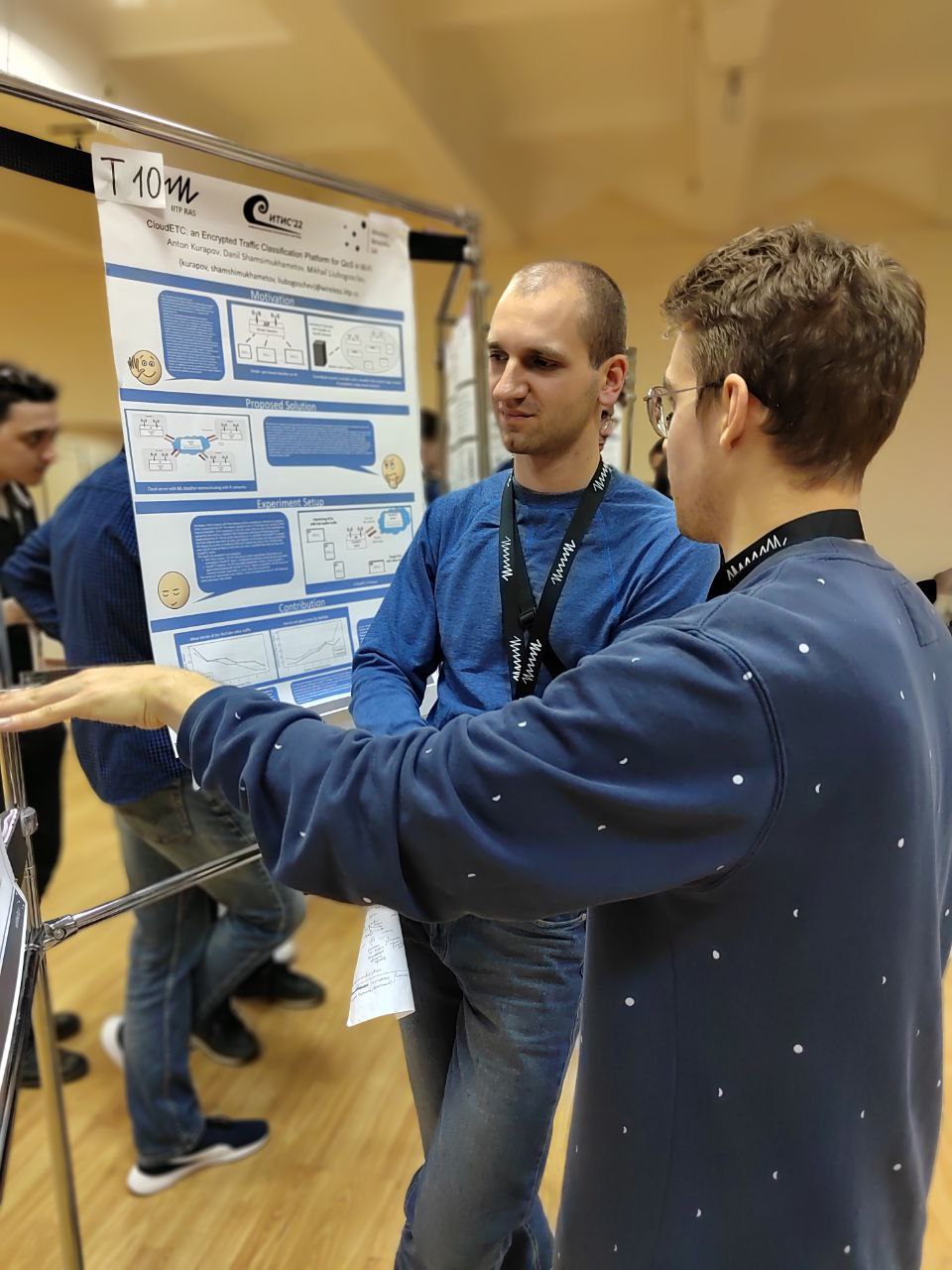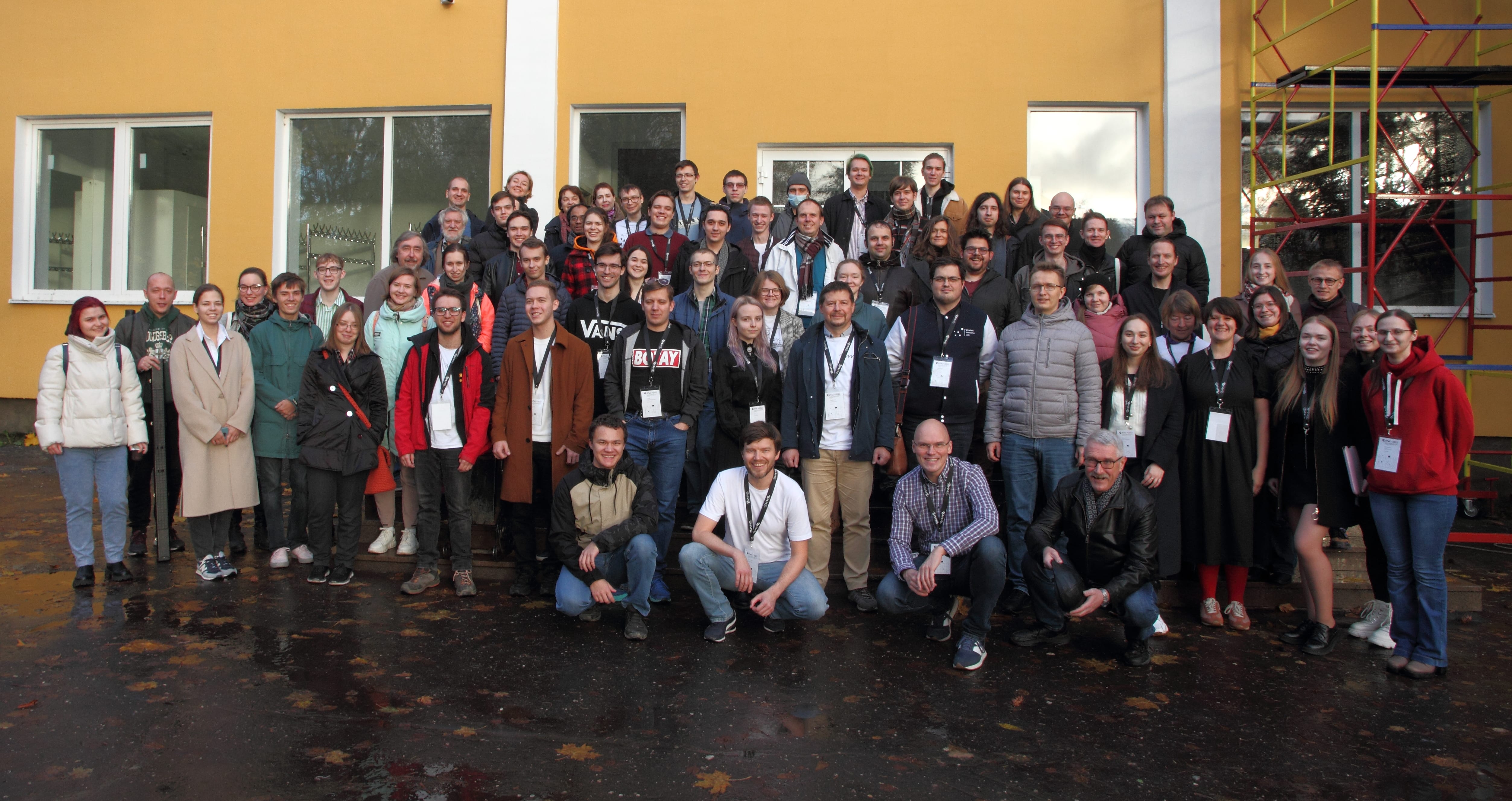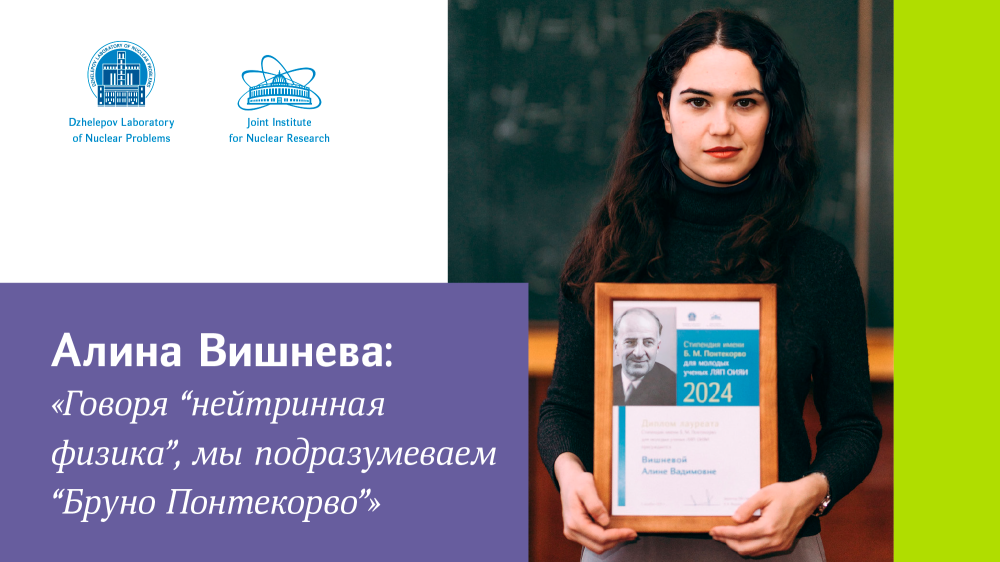Gifted Young Scientists Convened near Moscow for ITaS’22
From 2 to 6 October 2022, the 46th interdisciplinary conference “Information Technologies and Systems” (ITaS) took place in the park hotel Ognikovo located in the Istrinsky District of the Moscow Region. It was organized by the A. A. Kharkevich Institute for Information Transmission Problems of the Russian Academy of Sciences (IITP RAS).


Kirill Tarasov (DLNP Sector of Molecular Genetics of the Cell) at the ITaS’22 poster session | Credits: Svetlana Belova (IITP RAS)
This interdisciplinary conference of young scientists is always a great event for the scientific world. It brings together over hundred specialists from leading research centres, technology companies, and Russian universities. Here, on this exceptional site, scientists share their experience, look for and find related interests in various fields of science, establish new collaborations. Conference participants discuss problems of current importance related to transmission and processing of information in living and technical systems, attend lectures by leading Russian scientists, present research results during reports and poster sessions.
In one of his interviews, Andrey Sobolevsky, Dr. Sci. (Phys.-Math.), professor of RAS, acting director of IITP RAS, talked about the relevance of ITaS conferences to Russian science, “Different scientific teams meet here, as do different generations of researchers, and their communication becomes more prolific and multifaceted, the more experience and expertise ITaS listeners of the years past get. Here, we “synchronize the watches” at the beginning of the next academic year. And before we dive into our routine work, we can share with each other important things about science and the life in science. Finally, we breath here the air of those remote regional centres where ITaS annually takes place and come back to our laboratories having a more complete stereoscopic picture of the way modern Russian science is living and functioning.”
This year, there were five topical platforms at ITaS:
• machine learning and pattern recognition
• next-generation telecommunications
• information processes in vivo
• bioinformatics
• linguistics.
Plenary lectures were given by Maria Chukalina (IITP RAS), Dmitry Vetrov (HSE University), Maria Logacheva (Skoltech and IITP RAS), Ekaterina Rachilina (HSE University), Vladimir Plungyan (V. V. Vinogradov Russian Language Institute of RAS), Dmitri Shmelkin (Huawei Research Centre), Elizaveta Bonch-Osmolovskaya (MSU). Topical sessions were guided by leading IITP RAS scientists ― Mikhail Gelfand, Egor Ershov, Evgeny Khorov, Anastasia Bonch-Osmolovskaya, and Lev Shestakov.
Within a special session, developers of high-tech software solutions for digital transformation of industry from the NVI Solutions company talked about using big data in monitoring and managing complicated systems, about application of computer vision technologies in extractive industry to ensure safety of people working under hard conditions.
During a panel discussion “Teach outside university”, Egor Ershov, Aleksei Penin, and Evgeny Khorov, the heads of IITP scientific subdivisions hosting different educational projects, discussed problems of education within a scientific institution and shared their experience in conducting summer schools.
This year, Kirill Tarasov, a bioinformatics scientist from the DLNP Sector of Molecular Genetics of the Cell, participated in ITaS. Here, what he told us about the conference.
“I liked the way the conference was organized – the expert level of invited lecturers, the timetable allowing time for communication, and also surprise events. And especially, the poster presentation – my colleagues were asked to make a short, one-minute introduction of their research results in the way to attract other conference listeners. And before the poster session started, we already knew what would be interesting for us and where to go.
What pleases me most is that there were several posters on detection of errors in biology datasets. Unfortunately, datasets usually contain much artefact information which might result from constraints of an experiment or poor experimental setting. And the colleagues proposed real solutions to this problem.
Of lectures, two stuck to my memory – the one given by Dmitry Vetrov on neural networks and the other by Marina Chukalina on an X-ray tomograph.”
Fast flew the time by. The scientific programme was completed. During the closing event, Andrey Sobolevsky announced the authors of the best session reports and those of the best posters. He thanked all for their help and support. And after that – taking selfies, dancing, and communicating… again (now with friends).
A single whole of ideas, scientists who cannot imagine their lives without science, smiling faces, shining eyes, sincere interest in everything – lectures, reports, things happening around, conversations. These all created that special ambience which was so valuable for participants. The kebab competition, an unmanned cargo vehicle, cheese tasting, songs by Alexander Galich, chamber music, art exhibition – also added bright colours to the conference.
Nobody felt like leaving. Here, not far from Istra, happy people had been living all this time. They would take with them advanced knowledge, bold ideas, novel solutions, plans of joint projects, contacts of new friends, future co-authors and business partners. And also, plenty of warm memories of four wonderful autumn days.

Natalia Mazarskaya
DLNP SciComGroup






